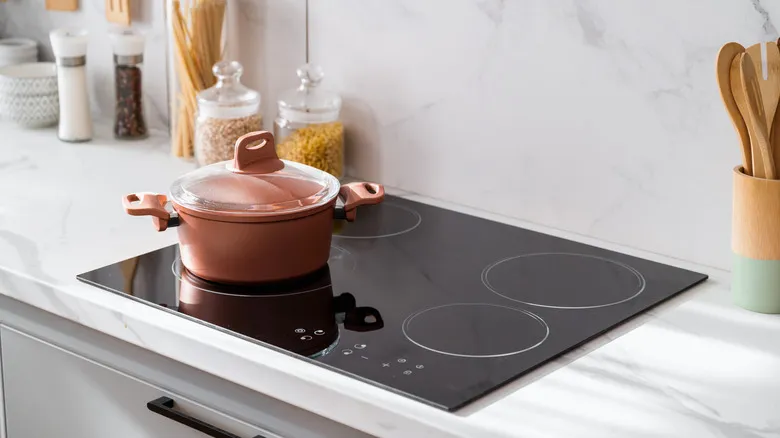The big distinctions between the stovetops
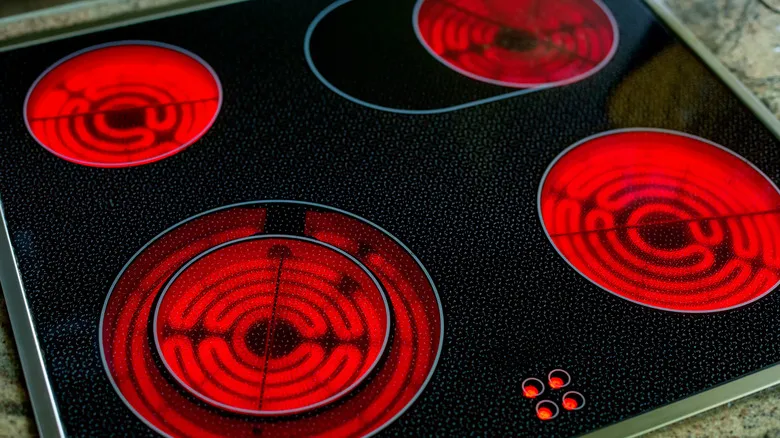
While induction stoves may be the latest trend, each option has its advantages and disadvantages, so your decision ultimately depends on your individual preferences and requirements. For instance, some individuals may find it inconvenient that only specific pots and pans can be used on induction stoves—those that respond to electromagnetic energy. The cookware must be magnetic to allow the stovetop's energy to transfer from the coils to the pot. Fortunately, most common types of cookware, like cast iron and stainless steel, are compatible with induction stoves, so this isn't a significant hurdle. However, if you prefer glass or copper pots, you may be disappointed. Since an induction stovetop only heats up when a compatible pot is placed on it, it creates a safer cooking environment. If you use incompatible cookware, the stovetop remains cool.
On the other hand, electric stovetops can heat up regardless of the cookware type, making them a more accessible choice. However, this also means that if you accidentally leave something on the burner, there’s nothing to prevent the heat from spreading, lacking a failsafe mechanism. Additionally, electric stovetops take longer to heat up and cool down, making them more susceptible to energy-wasting errors.
How to decide which stovetop is best for you
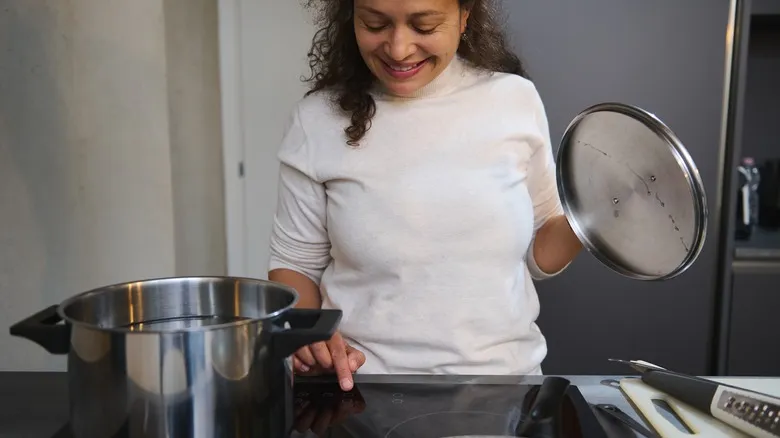
Due to the distinctive heating method of induction stoves, they typically prepare meals much more quickly than electric stovetops, thanks to the direct energy transfer. Whether you're making simple steamed rice or intricate proteins, you can often complete the cooking process in nearly half the time. Furthermore, induction stovetops offer better temperature control, as the precise burner sizes allow for direct heating. They are also a safer and more energy-efficient choice. Additionally, the flat surface of an induction stovetop, which lacks exposed coils, makes cleaning a breeze.
However, induction stovetops tend to be pricier than electric models, creating a higher initial investment. For those who enjoy visually monitoring their cooking, electric stovetops may be preferable, as they visibly heat up, unlike induction stoves, which provide no visual cue that they are on. If you like to use a wide range of cookware, electric might also be the more suitable option.
Ultimately, the decision comes down to personal preference. While some argue that induction cooking is superior, others favor electric. It's important to consider the advantages and disadvantages of each to determine which option best suits your needs.
Recommended
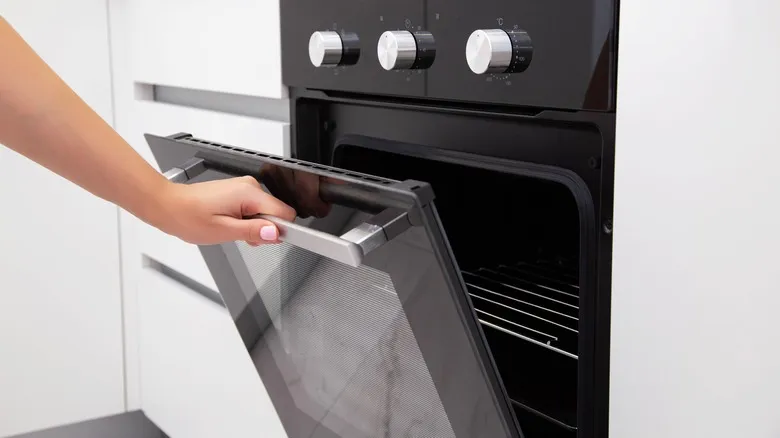
Convection Vs Regular Baking: The Difference Explained

One Part Of The Air Fryer You're Probably Forgetting To Clean
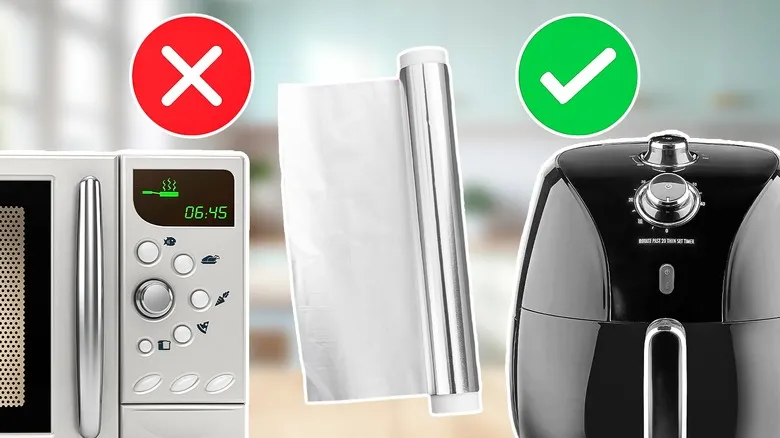
Why Tin Foil Is Safe In The Air Fryer, But Not The Microwave

The Right Way To Make Daal In An Instant Pot According To A Pro
Next up

